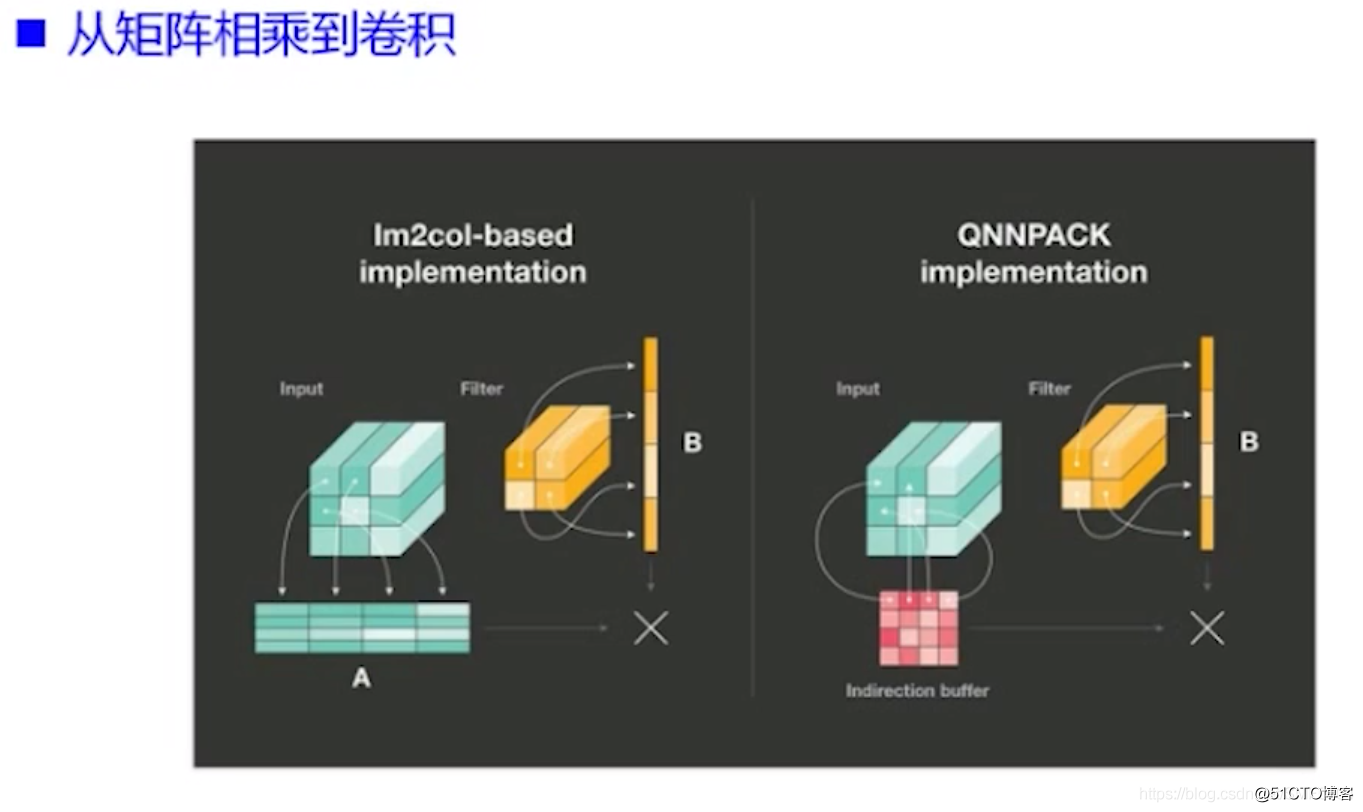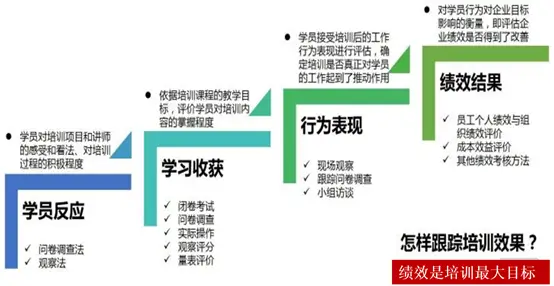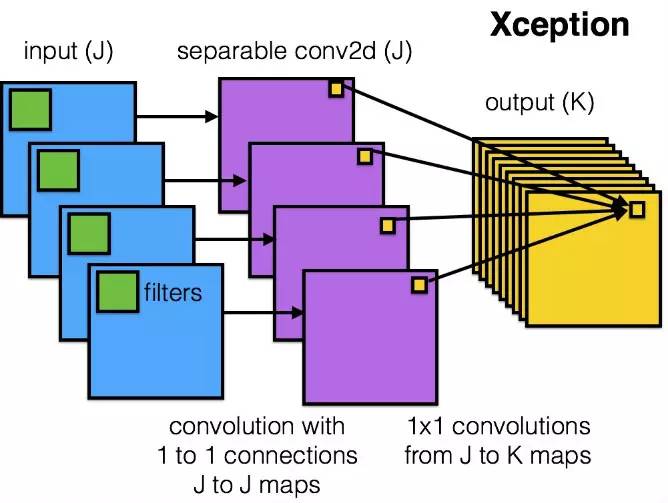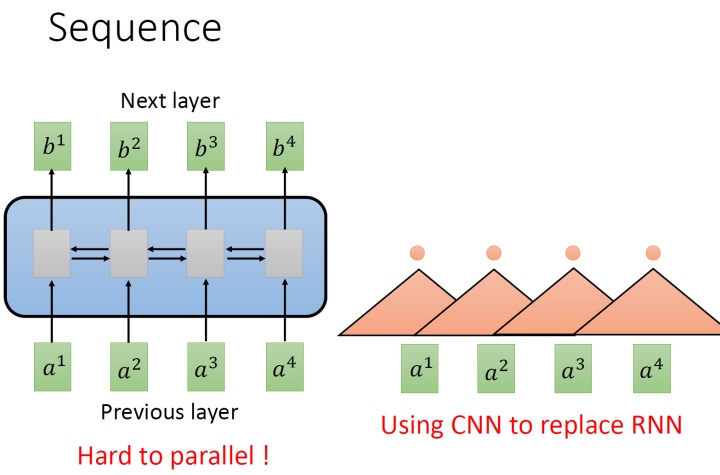经典卷积神经网络——resnet
四、深层对比
前言
随着深度学习的不断发展,从开山之作到VGG,网络结构不断优化,但是在VGG网络研究过程中,人们发现随着网络深度的不断提高,准确率却没有得到提高,如图所示:
人们觉得深度学习到此就停止了,不能继续研究了,但是经过一段时间的发展,残差网络()解决了这一问题。
一、
如图所示:简单来说就是保留之前的特征,有时候当图片经过卷积进行特征提取,得到的结果反而没有之前的很好,所以提出保留之前的特征,
这里还需要经过一些处理,在下面代码讲解中将详细介绍。
二、网络结构
本文将主要介绍
三、 1.导包
import torch
import torchvision.transforms as trans
import torchvision as tv
import torch.nn as nn
from torch.autograd import Variable
from torch.utils import data
from torch.optim import lr_scheduler2.残差模块
这个模块完成的功能如图所示:
class tiao(nn.Module):def __init__(self,shuru,shuchu):super(tiao, self).__init__()self.conv1=nn.Conv2d(in_channels=shuru,out_channels=shuchu,kernel_size=(3,3),padding=(1,1))self.bath=nn.BatchNorm2d(shuchu)self.relu=nn.ReLU()def forward(self,x):x1=self.conv1(x)x2=self.bath(x1)x3=self.relu(x2)x4=self.conv1(x3)x5=self.bath(x4)x6=self.relu(x5)x7=x6+xreturn x7
2.通道数翻倍残差模块
模块完成功能如图所示:

在这个模块中,要注意原始图像的通道数要进行翻倍,要不然后面是不能进行相加。
class tiao2(nn.Module):def __init__(self,shuru):super(tiao2, self).__init__()self.conv1=nn.Conv2d(in_channels=shuru,out_channels=shuru*2,kernel_size=(3,3),stride=(2,2),padding=(1,1))self.conv11=nn.Conv2d(in_channels=shuru,out_channels=shuru*2,kernel_size=(1,1),stride=(2,2))self.batch=nn.BatchNorm2d(shuru*2)self.relu=nn.ReLU()self.conv2=nn.Conv2d(in_channels=shuru*2,out_channels=shuru*2,kernel_size=(3,3),stride=(1,1),padding=(1,1))def forward(self,x):x1=self.conv1(x)x2=self.batch(x1)x3=self.relu(x2)x4=self.conv2(x3)x5=self.batch(x4)x6=self.relu(x5)x11=self.conv11(x)x7=x11+x6return x7
3.模块
class resnet18(nn.Module):def __init__(self):super(resnet18, self).__init__()self.conv1=nn.Conv2d(in_channels=3,out_channels=64,kernel_size=(7,7),stride=(2,2),padding=(3,3))self.bath=nn.BatchNorm2d(64)self.relu=nn.ReLU()self.max=nn.MaxPool2d(2,2)self.tiao1=tiao(64,64)self.tiao2=tiao(64,64)self.tiao3=tiao2(64)self.tiao4=tiao(128,128)self.tiao5=tiao2(128)self.tiao6=tiao(256,256)self.tiao7=tiao2(256)self.tiao8=tiao(512,512)self.a=nn.AdaptiveAvgPool2d(output_size=(1,1))self.l=nn.Linear(512,10)def forward(self,x):x1=self.conv1(x)x2=self.bath(x1)x3=self.relu(x2)x4=self.tiao1(x3)x5=self.tiao2(x4)x6=self.tiao3(x5)x7=self.tiao4(x6)x8=self.tiao5(x7)x9=self.tiao6(x8)x10=self.tiao7(x9)x11=self.tiao8(x10)x12=self.a(x11)x13=x12.view(x12.size()[0],-1)x14=self.l(x13)return x14这个网络简单来说16层卷积,1层全连接,训练参数相对较少,模型相对来说比较简单。
4.数据测试
model=resnet18().cuda()
input=torch.randn(1,3,64,64).cuda()
output=model(input)
print(output)
5.损失函数,优化器
损失函数
loss=nn.CrossEntropyLoss()
在优化器中,将学习率进行每10步自动衰减
opt=torch.optim.SGD(model.parameters(),lr=0.001,momentum=0.9)
exp_lr=lr_scheduler.StepLR(opt,step_size=10,gamma=0.1)
在这里可以看一下对比图,发现添加学习率自动衰减,loss下降速度会快一些,这说明模型拟合效果比较好。
6.加载数据集,数据增强
这里我们仍然选择数据集,首先对数据进行增强,增加模型的泛华能力。
transs=trans.Compose([trans.Resize(256),trans.RandomHorizontalFlip(),trans.RandomCrop(64),trans.ColorJitter(brightness=0.5,contrast=0.5,hue=0.3),trans.ToTensor(),trans.Normalize((0.5,0.5,0.5),(0.5,0.5,0.5))])
函数中(亮度)(对比度)
(饱和度)hue(色调)
加载数据集:
train=tv.datasets.CIFAR10(root=r'E:\桌面\资料\cv3\数据集\cifar-10-batches-py',train=True,download=True,transform=transs)trainloader=data.DataLoader(train,num_workers=4,batch_size=8,shuffle=True,drop_last=True)7.训练数据
for i in range(3):running_loss=0for index,data in enumerate(trainloader):x,y=datax=x.cuda()y=y.cuda()x=Variable(x)y=Variable(y)opt.zero_grad()h=model(x)loss1=loss(h,y)loss1.backward()opt.step()running_loss+=loss1.item()if index%100==99:avg_loos=running_loss/100running_loss=0print("avg_loss",avg_loos)
8.保存模型
torch.save(model.state_dict(),'resnet18.pth')
9.加载测试集数据,进行模型测试
首先加载训练好的模型
model.load_state_dict(torch.load('resnet18.pth'),False)
读取数据
test = tv.datasets.ImageFolder(root=r'E:\桌面\资料\cv3\数据',transform=transs,)testloader = data.DataLoader(test,batch_size=16,shuffle=False,)测试数据
acc=0
total=0for data in testloader:inputs,indel=dataout=model(inputs.cuda())_,prediction=torch.max(out.cpu(),1)total+=indel.size(0)b=(prediction==indel)acc+=b.sum()print("准确率%d %%"%(100*acc/total))
四、深层对比
上面提到VGG网络层次越深,准确率越低,为了解决这一问题,才提出了残差网络(),那么在网络中,到底会不会出现这一问题。
如图所示:随着,训练层次不断提高,模型越来越好,成功解决了VGG网络的问题,到现在为止,残差网络还是被大多数人使用。













